As upper elementary teachers, I think sometimes we are hesitant to read picture books or encourage our students to read them, but there are many benefits to using them in upper grades!
If you have been reluctant to incorporate picture books into your upper elementary classroom, I encourage you to try them out!
And to help you do so, I have five ideas I will share with you that will help you read MORE picture books in your classroom each week.
Prioritize Reading for FUN with Picture Books
I am a huge supporter of making more time to read for fun! Finding the time can be challenging, but it is so important for teachers and their students.
What do I mean by reading for fun? When we read for fun, we are reading simply for the joy and satisfaction of reading. Our students often read to analyze, answer questions, or practice other reading strategies. When we make time for reading for fun, we encourage our students to practice reading for enjoyment, too.
Here are some general benefits of reading for fun:
- Encourages reading a variety of genres
- Builds vocabulary
- Improves imagination
I am also a big believer that we can and will find time for what is important to us! So, by making the decision to prioritize reading for fun, I think you will start to find pockets of time more easily.
- Try shortening the length of your small groups to make time.
- End math just a few minutes early to make time.
- Or maybe tighten up your transition time to make a few extra minutes in the day to make time for reading for fun.
Sentence Writing Routine Free Sample
If your students struggle to write at the sentence level, this new literacy routine is going to be your new best friend. Each day of the week your students will engage in a quick (yet effective) sentence writing task that will help them become more confident and creative writers. Say goodbye to fragments and boring sentences, and say hello to complex sentences with lots of details!
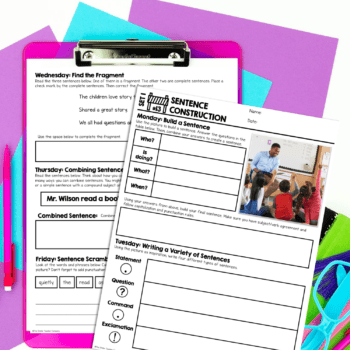
Use Mentor Texts for Reading & Writing Mini Lessons
Using picture books as mentor texts for your reading and writing mini lessons is an easy way to include more picture books in your weekly instruction. I even suggest using picture books for grammar and vocabulary instruction.
A mentor text is a text you use to teach or model a specific literacy skill. Here are a few examples of pictures books I used for literacy lessons:
- A Bad Case of Stripes by David Shannon is excellent for teaching the difference between internal and external traits.
- Owl Moon by Jane Yolen is great for figurative language. It has many examples of similes and metaphors.
- The Day the Crayons Quit by Drew Daywalt works really well for teaching persuasive writing.
So instead of using a reading textbook, a worksheet, or a PowerPoint, try modeling and teaching literacy with picture books! I love encouraging teachers inside The Stellar Teacher Reading Membership to do so too! And we provide book lists and scripted mini-lessons for units inside the membership. If you are interested in using more picture books as mentor texts and aren’t sure where to start, the membership might be just what you need!
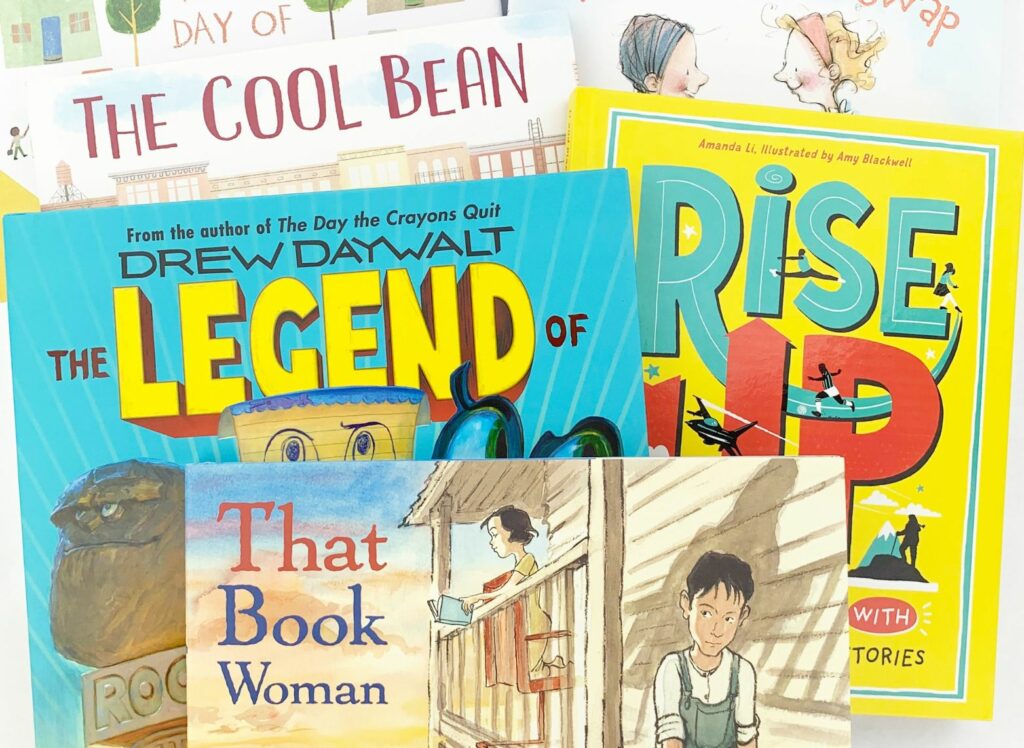
Utilize Picture Books During Book Clubs
I loved running book clubs in my classroom. And I absolutely loved using picture books for them!
There are a handful of reasons why I think using picture books for books clubs is so great:
- They are short. Students felt it was more manageable to stay interested and engaged in discussion because of the shorter length of a picture book.
- They are visually interesting. My students would be really excited about chapter books in the beginning, but would lose steam after a bit. I found that throwing in a picture book every once in a while increased engagement again!
- Students were exposed to a variety of titles and genres. Since picture books are shorter, students would read and discuss the books more quickly which meant they were moving on to a new title within just a few meetings.
Here are a few titles you and your students might find interesting for a book club:
The Bluest of Blues: Anna Atkins and the First Book of Photographs by Riona Robinson is a children’s biography. This nonfiction picture book has beautiful illustrations and tells the story of botanist and photographer Anna Atkins who was the first person to publish a book of photography.
This Way, Charlie by Caron Levis is an endearing story of friendship between two animals that live at Open Bud Ranch. This picture book is a great tale to help students identify themes in a story and think about different points of view.
Jumanji by Chris Van Allsburg is a classic fiction story! This engaging storybook can be used to discuss elements of fantasy, great for teaching summarizing, and more.
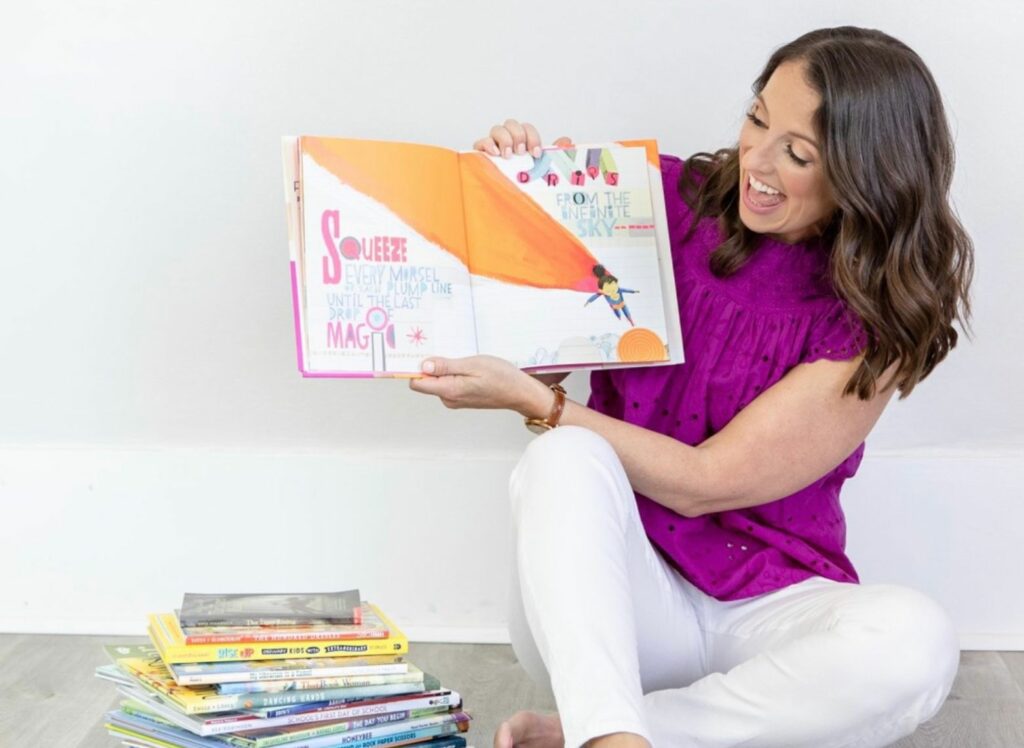
Start Hosting First Five Friday
To encourage your students to try out picture books or get them excited about various genres, try implementing First Five Friday! If you are familiar with First Chapter Friday, this will be easy for you to implement.
Every Friday, pick a new picture book and read the first five pages to your students. If you have enough time, you could also read the first five pages of a few picture books. Just give them a little taste of the book! Then, make sure those picture books are accessible for your students to read or check out.
I liked to start our Fridays out with this activity because then students were excited to find time during the day to finish reading the books I presented. Sometimes I would choose picture books randomly, or I would be more intentional and include books connected to topics we were learning in reading, science, math, and other subjects.
If you are consistent about this routine, it could be really fun to have your students take turns bringing a picture book they enjoyed and sharing it for First Five Friday!
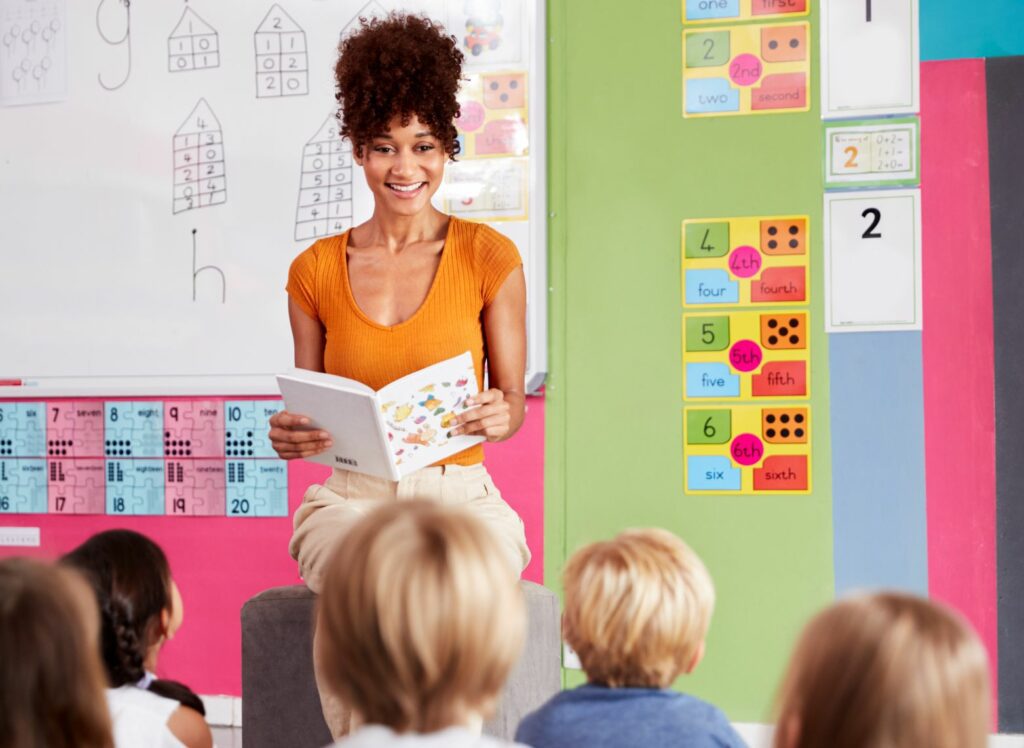
Introduce a Weekly Mystery Reader
Having visitors join the classroom can be exciting for students (and you!). And in the world of Zoom, it is now easier than ever to invite special guests to our classroom.
There are many ways you could host a Weekly Mystery Reader in the classroom to read their favorite picture book to your students. You could invite:
- School staff
- Other teachers
- Student family members
- Upperclassmen
- Your own family/friends
- Authors (You’d be surprised how many authors will say yes to a class visit!)
If it doesn’t work to do this weekly, (although I encourage you to try and do it once a week!) you could do it several times a month. It is a great way to show your students the importance of reading and community.
Use Picture Books to Compliment Your Novel Study
If you already implement novel studies in your classroom, adding in picture books that are connected to the topic just makes sense!
A quick Google search or visit to your public library can help you find picture books that connect to the theme, topic, or literacy strategy you are focusing on with your novel study. You could read the picture books aloud throughout the novel study or have your students read them as a supplement.
Check out these Graphic Organizer Sticky Notes and use them as a quick way to assess a student’s understanding while you read them a picture book! Take things a step further by doing a compare/contrast or synthesizing activity so students can share what they learned in the novel and the picture books.
Think about your next steps…
- Here’s your challenge! Choose one of the activities discussed in this blog post and plan to implement it this week or coming week – leave a comment telling us how it went! We love to hear classroom experiences from teachers.
- Check out Episode 77 of the podcast to hear Courtney Hinshaw from Romona Recommends and I chat about the importance of picture books in the classroom!
- Join us inside The Stellar Literacy Collective, where you will get access to a resource library filled with reading and writing resources that you can use with all the picture books you’ll be using in your classroom!
Happy Teaching!


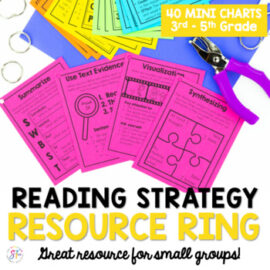
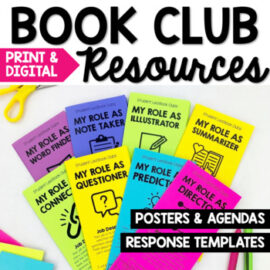
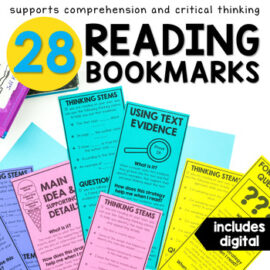
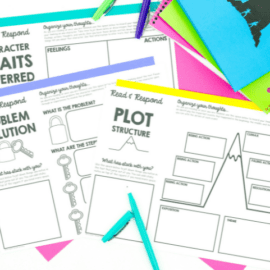
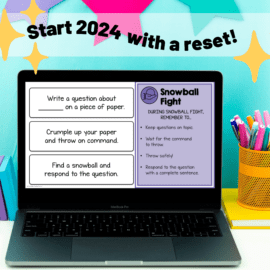










Leave a Comment
You must be logged in to post a comment.